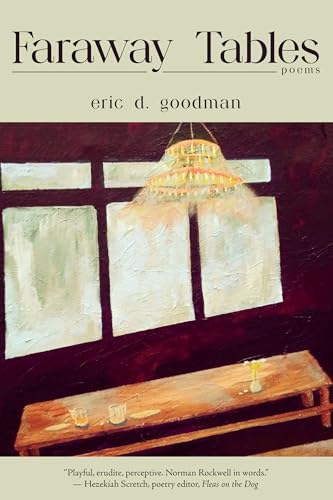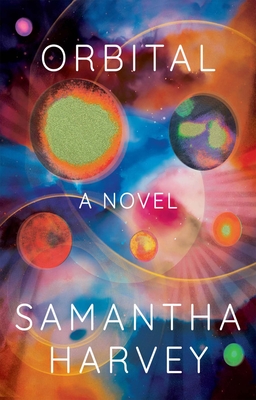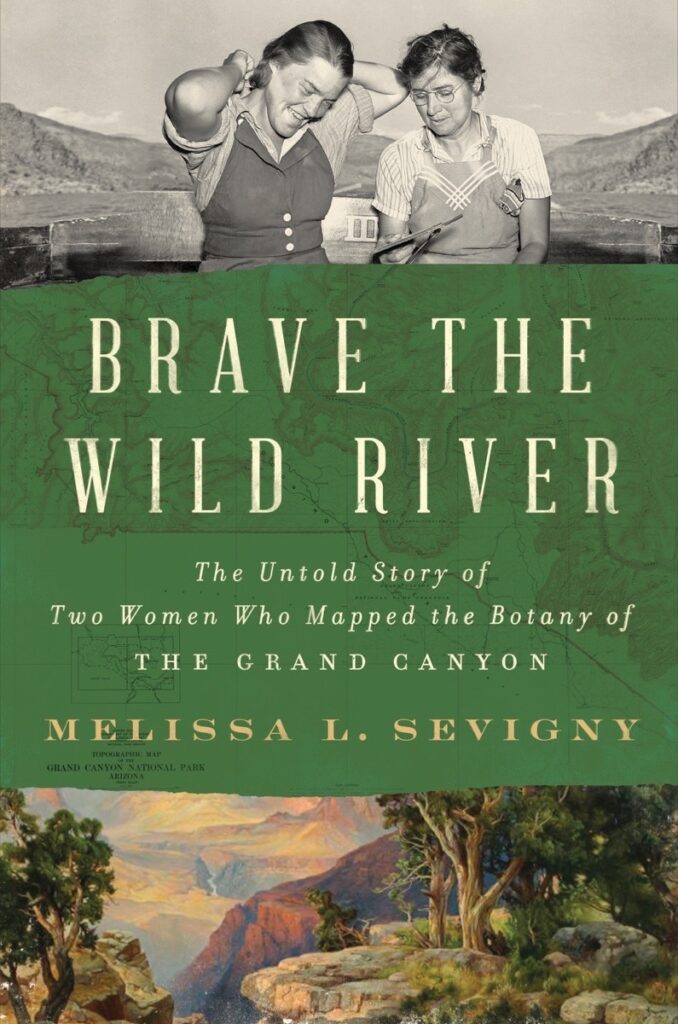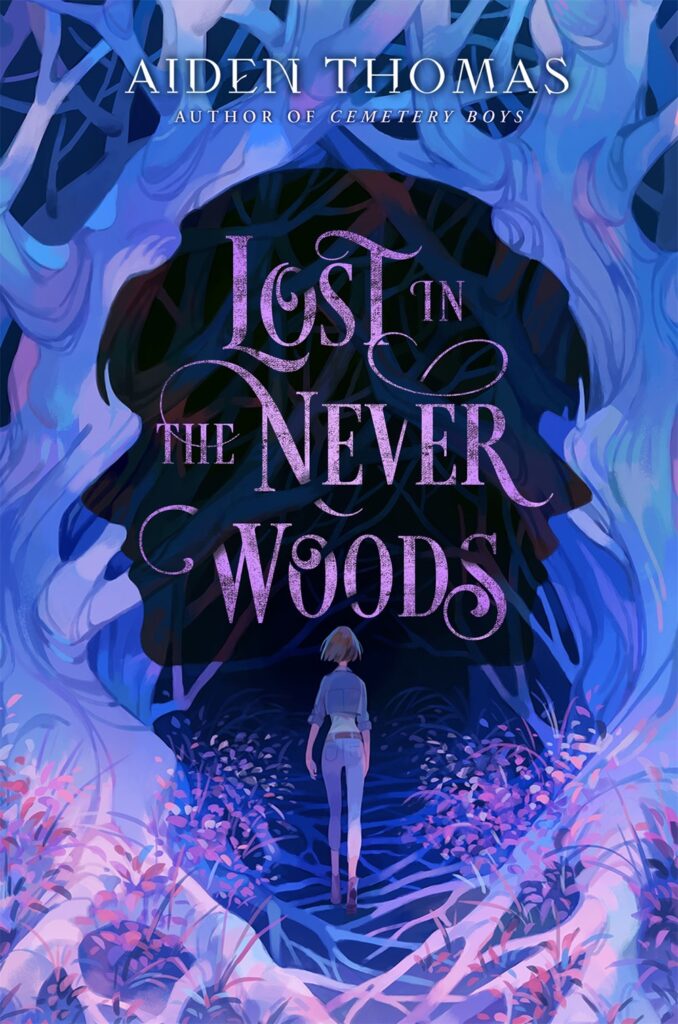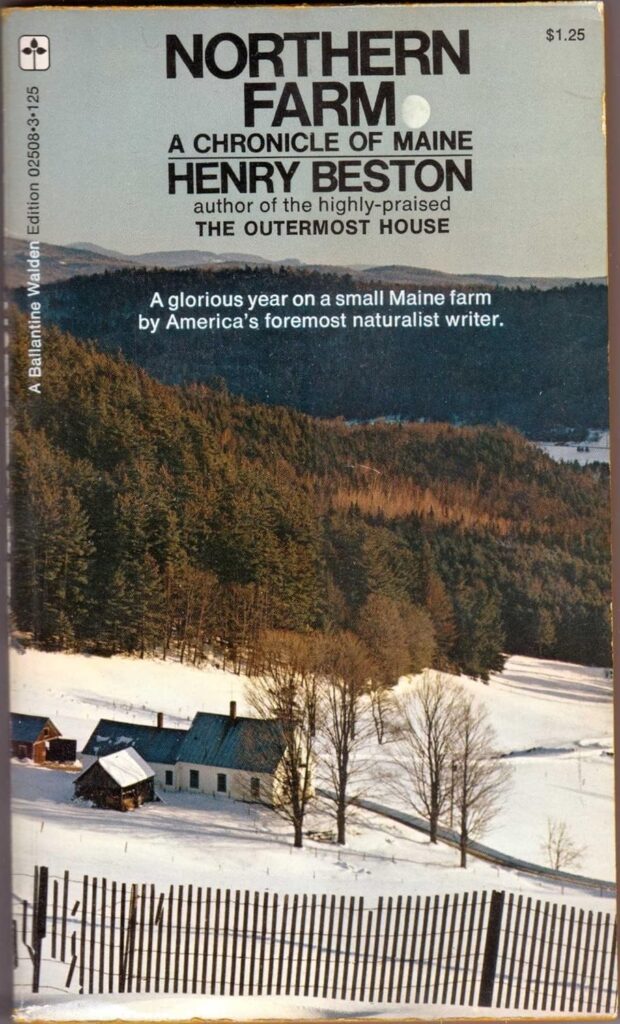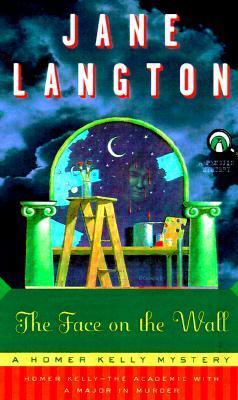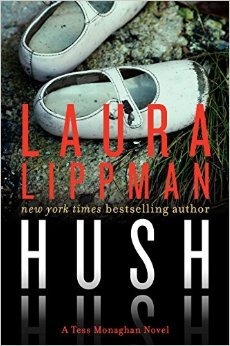
I was thrilled when this twelfth book in Lippman’s Tess Monaghan series came out in 2015. I decided to save it for a moment when I really needed it, a moment that came this week. Hush Hush is everything I hoped it would be and more. Lippman is in top form, digging into the darkness of family life—and its joys too.
After the death of her baby, Melisandre Harris Dawes was found not guilty of murder by reason of insanity (postpartum psychosis). She spent some time in rehab and then moved to South Africa and then England. Her husband Stephen had full custody of the two older girls, Alanna and Ruby. Now, twelve years later, Melisandre has returned to Baltimore to reclaim her daughters—now teenagers—and her reputation.
A stunning woman, imbued with the glamour and confidence of old-style Baltimore wealth, Melisandre expects to impose her will on everyone around her. She has hired a filmmaker to create a documentary about her trial, supposedly to expand public understanding of the verdict. Interviews for this documentary crop up between chapters, adding new insights for the reader. Mindful of her notoriety, she has contacted her old flame, lawyer Tyner Gray, for help.
Through Tyner—Tess’s friend, mentor and husband of her beloved aunt—Tess has been hired by Melisandre to look into her security. It’s not work Tess and her new partner, ex-policeman Sandy Sanchez usually do, but Tess is feeling the financial pinch of being a parent. The interweaving of the investigation with Tess’s home life—deepening relationship with Crow, adoration of their three-year-old daughter Carla Scout, and the inevitable complicated scheduling of their work and day care—furnish an extra level of depth to the story.
The theme of mothers and daughters is one of those universal themes that always draws my attention. The subtheme of questioning what constitutes good parenting adds complexity and further deepens my interest. Both Tess and Melisandre receive anonymous notes criticising their parenting, though most parents (me included) don’t need outside critics in order to question themselves. I’ve been faced with more than one toddler meltdown in a busy grocery store and could thoroughly identify with Tess’s reaction. Carla Scout is not the first three-year-old with Big Feelings whom I’ve encountered.
The mystery itself is satisfyingly twisty. Alanna’s rebellion against, well, everything and Ruby’s tendency to search out secrets and hold them close complicate the story, as does their young stepmother’s struggle to care for her own new baby. Sandy Sanchez adds a gravitas to the story and another point of view. Lippman does a good job of showing how his strengths align with Tess’s. As events escalate, each character adds to the richness of the story.
The story felt especially poignant for me because I left Baltimore a few years ago after a lifetime there. On the trail with Tess, crisscrossing the city, even visiting some of my formerly regular spots left me a little homesick.
I’ve read and enjoyed Lippman’s standalone novels since Hush Hush came out. If you search my blog you’ll find seven other Lippman novels I’ve reviewed. I am still hoping for another Tess story.
What’s your favorite Laura Lippman book? Do you have a favorite spot in Baltimore?
